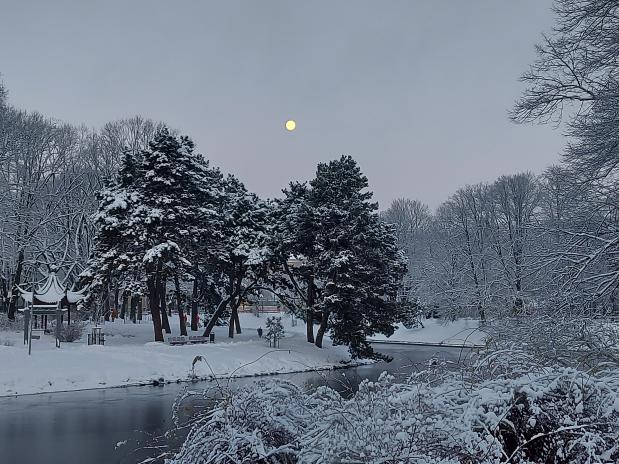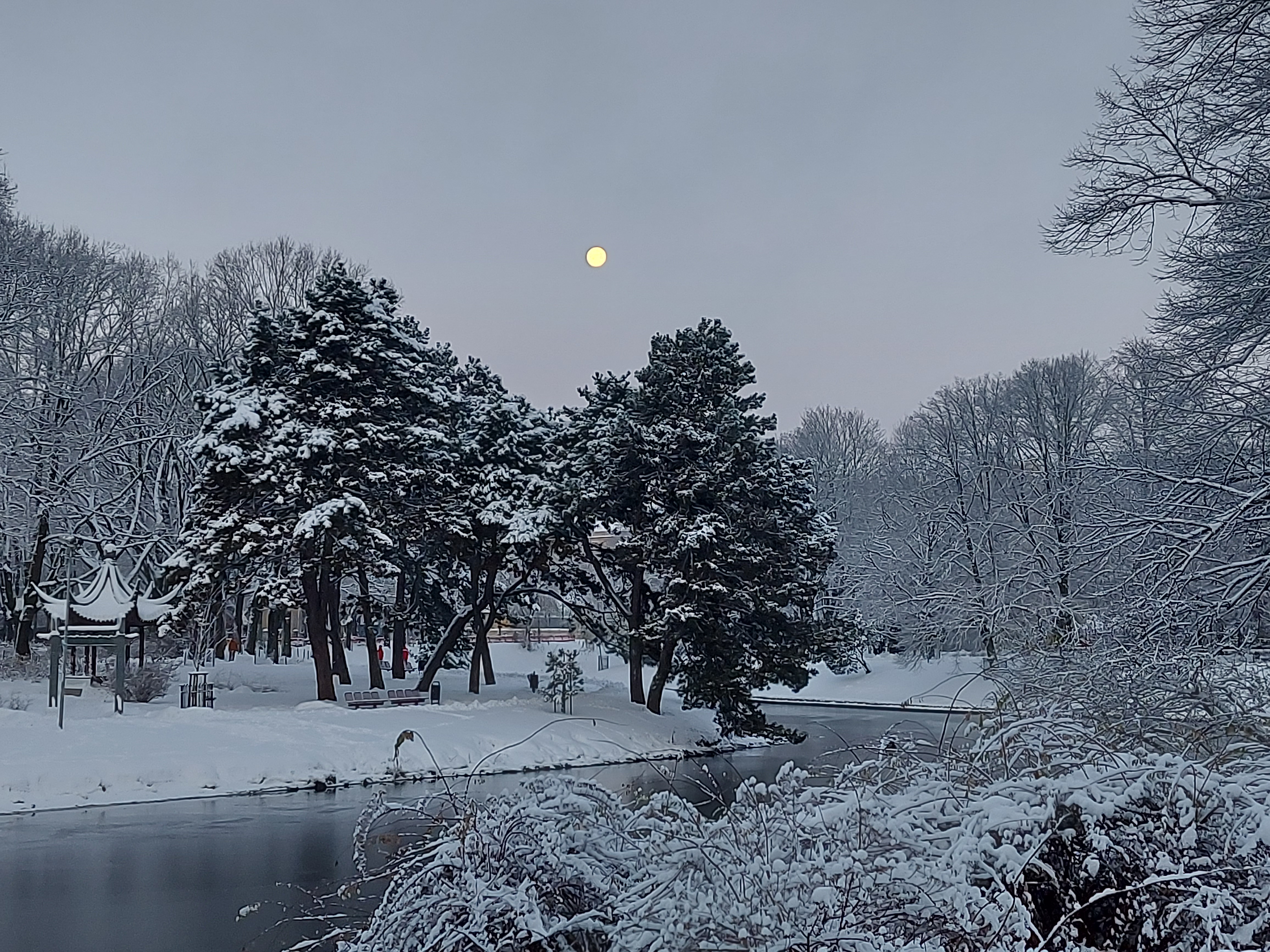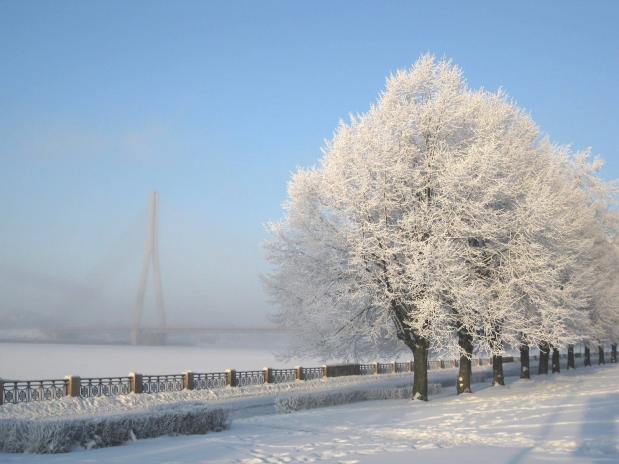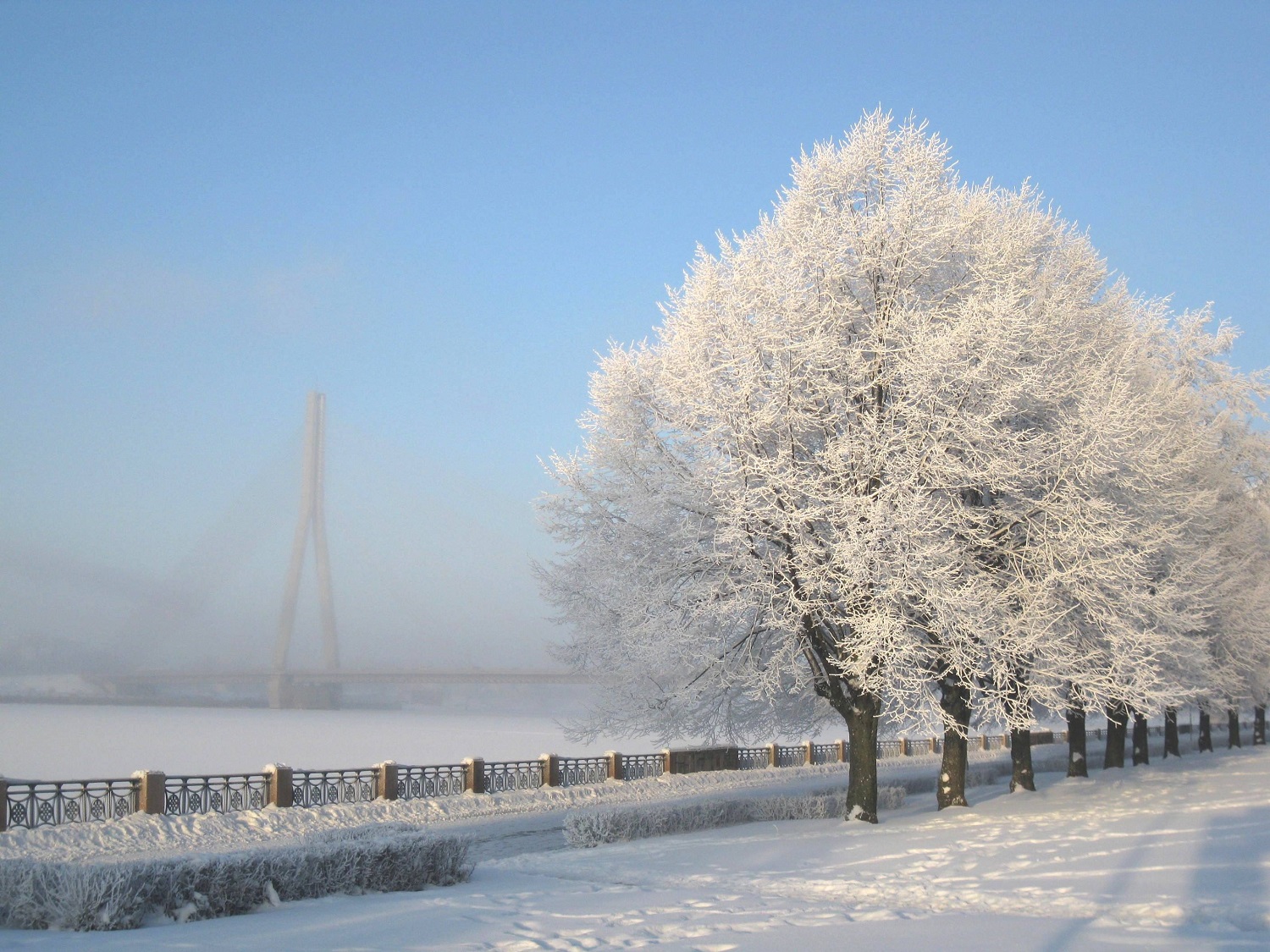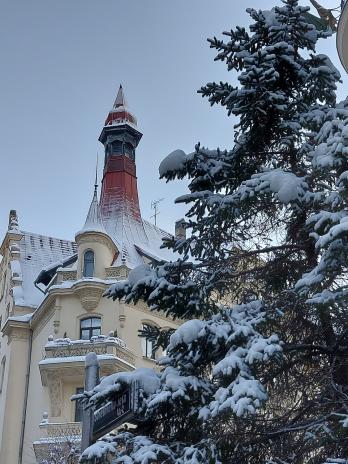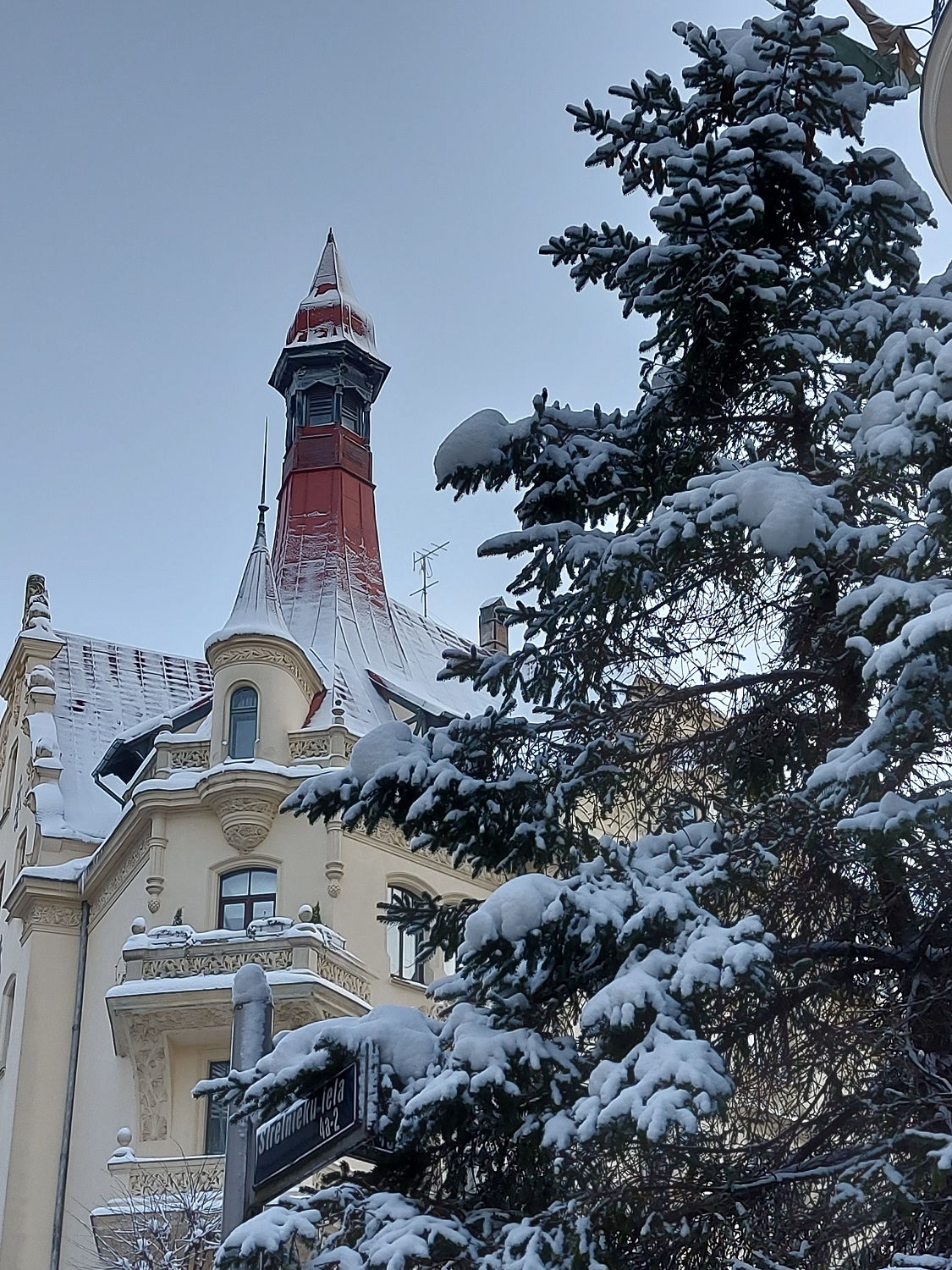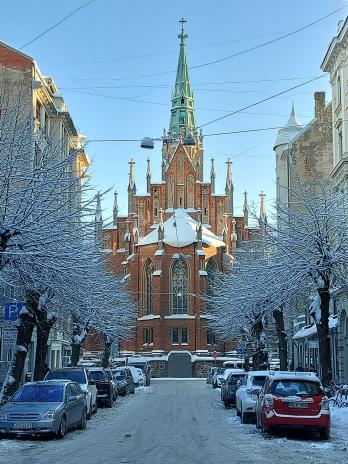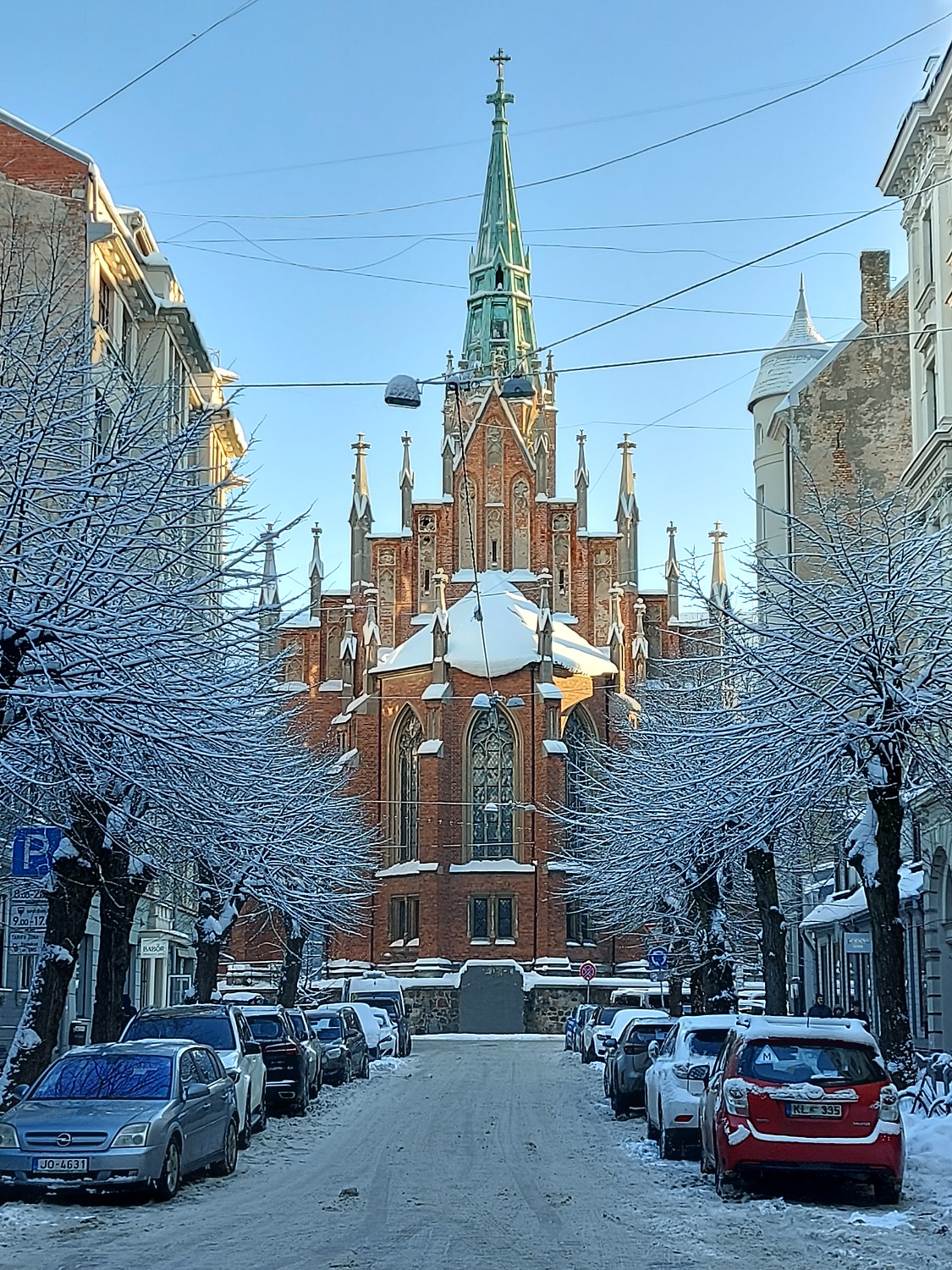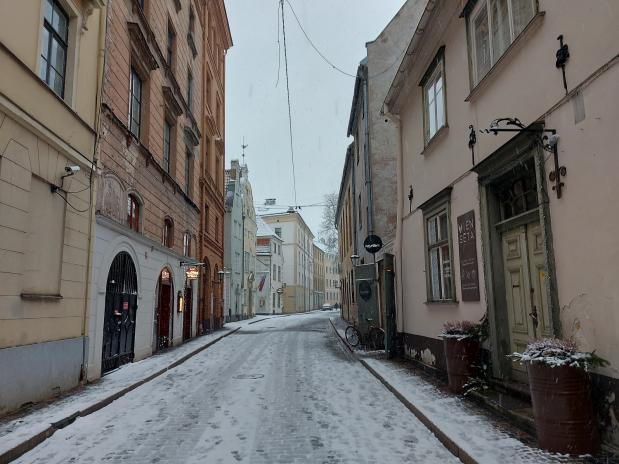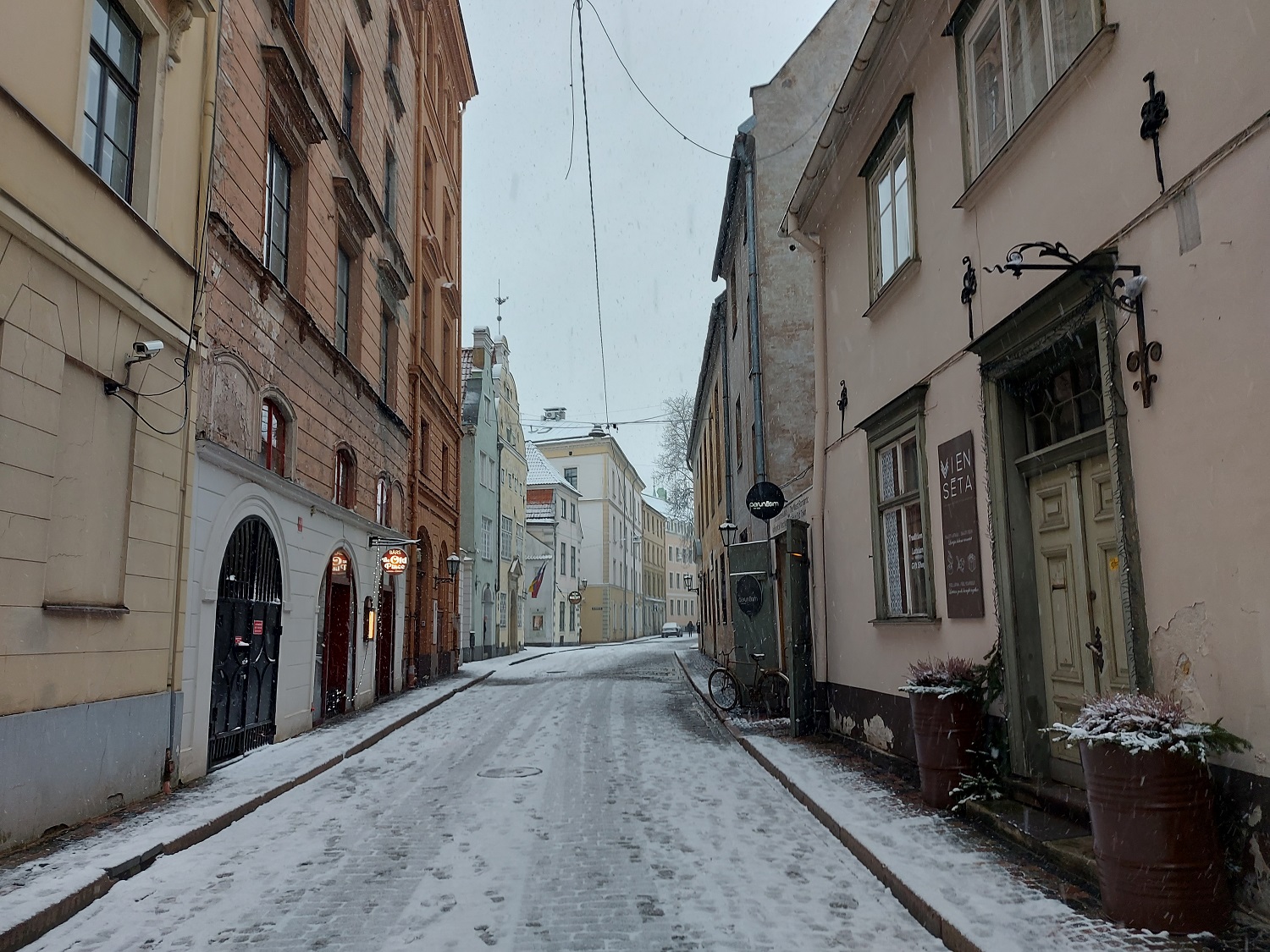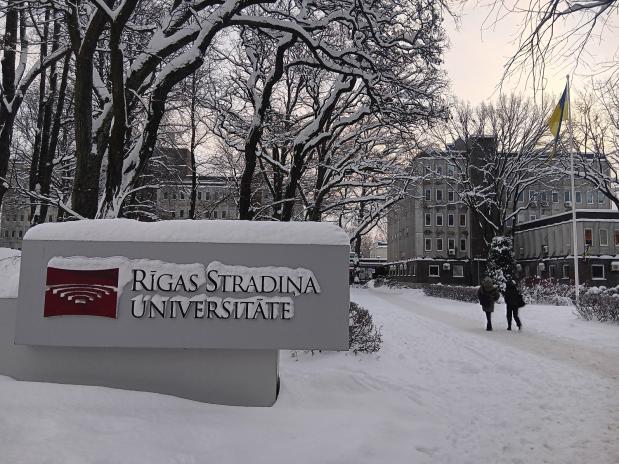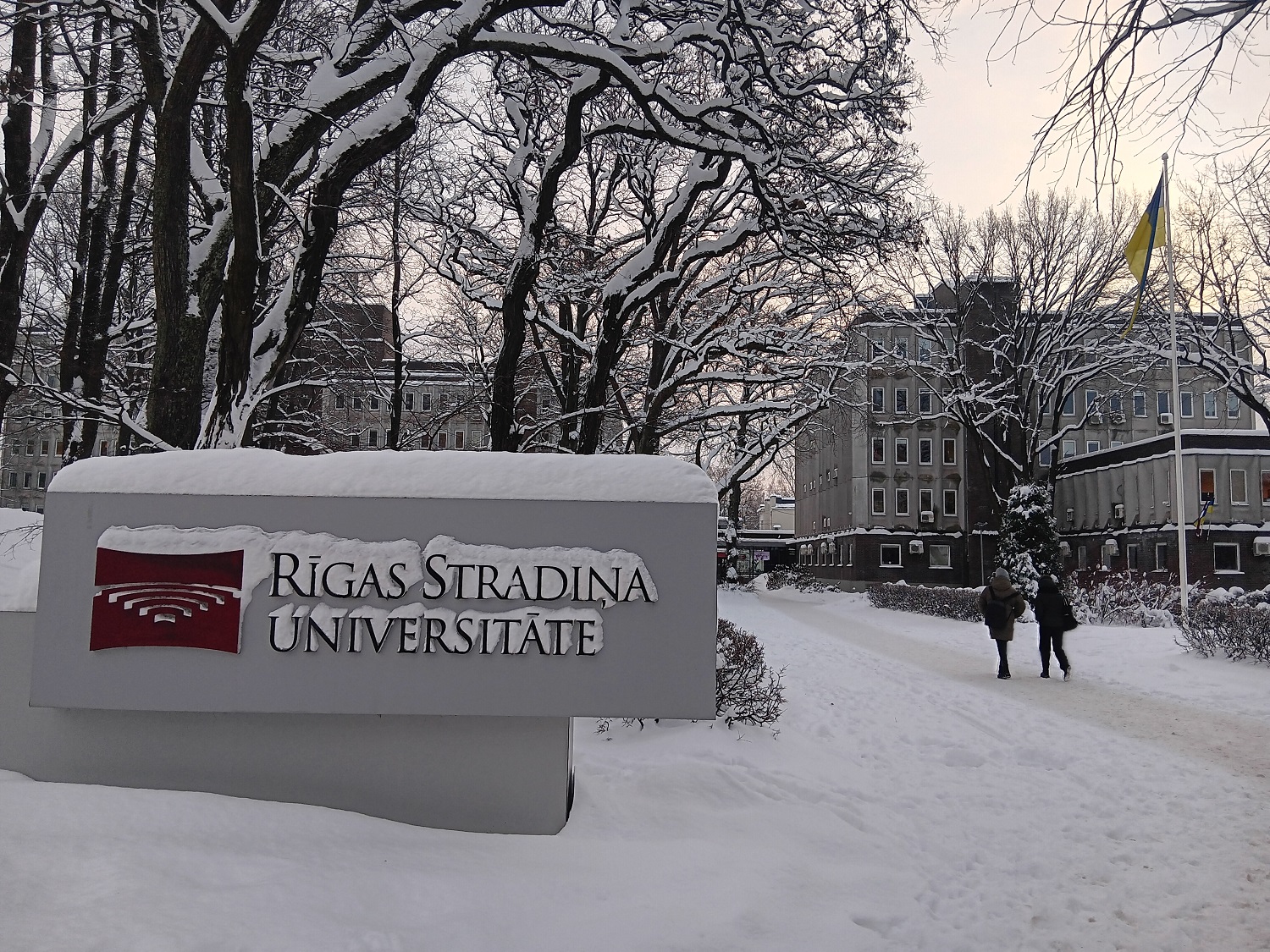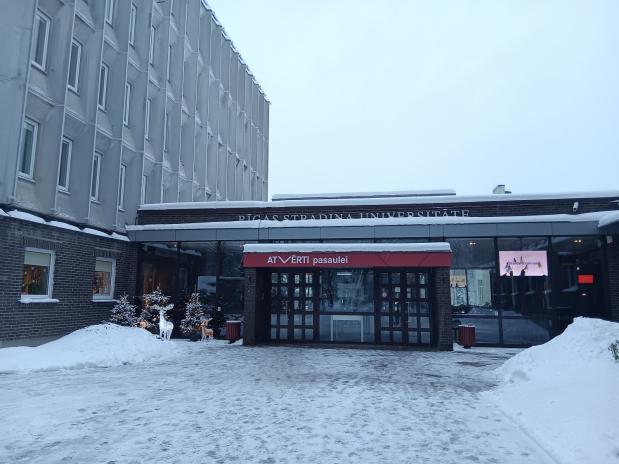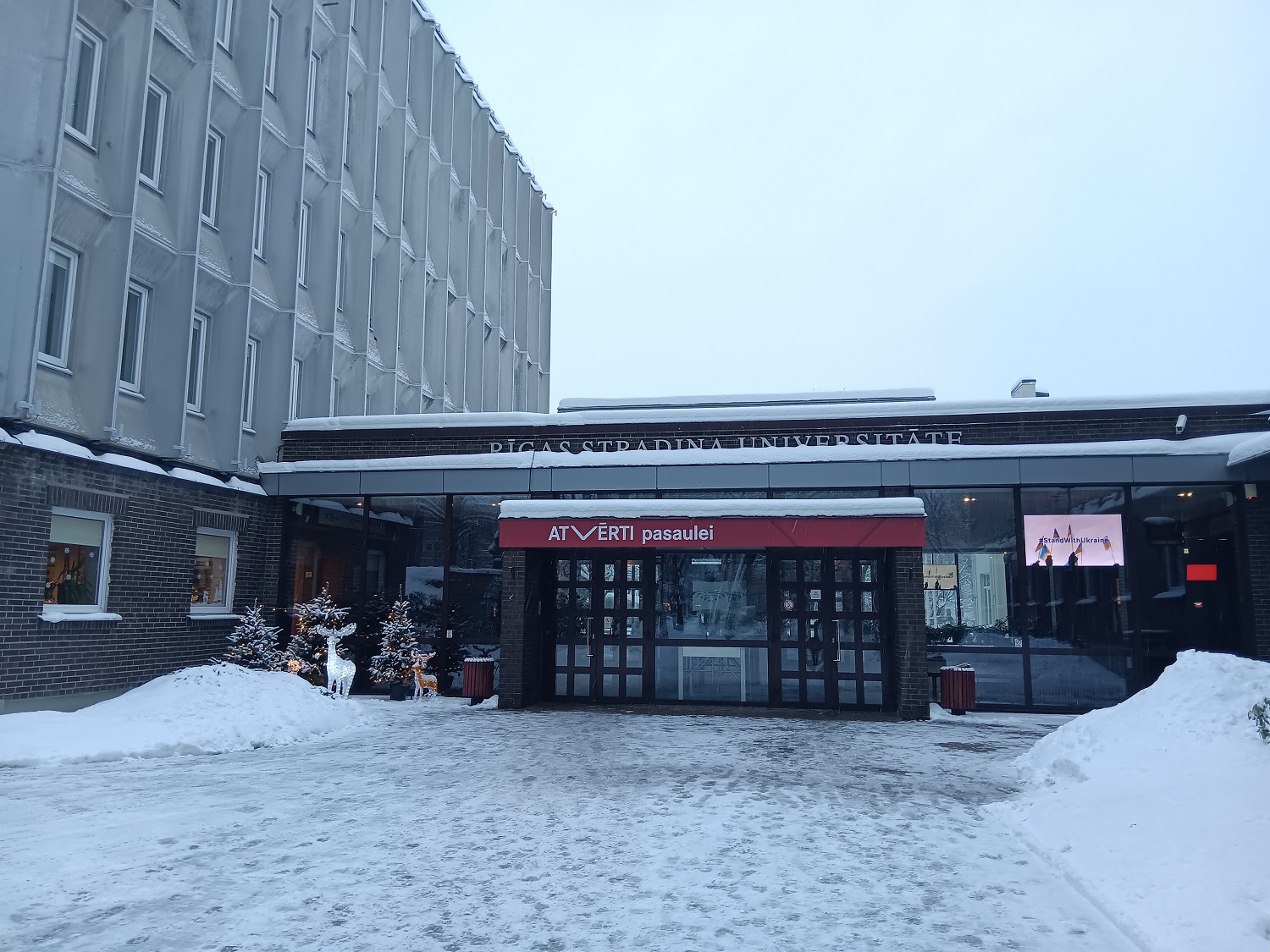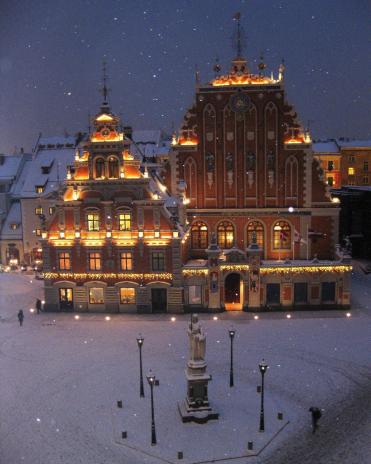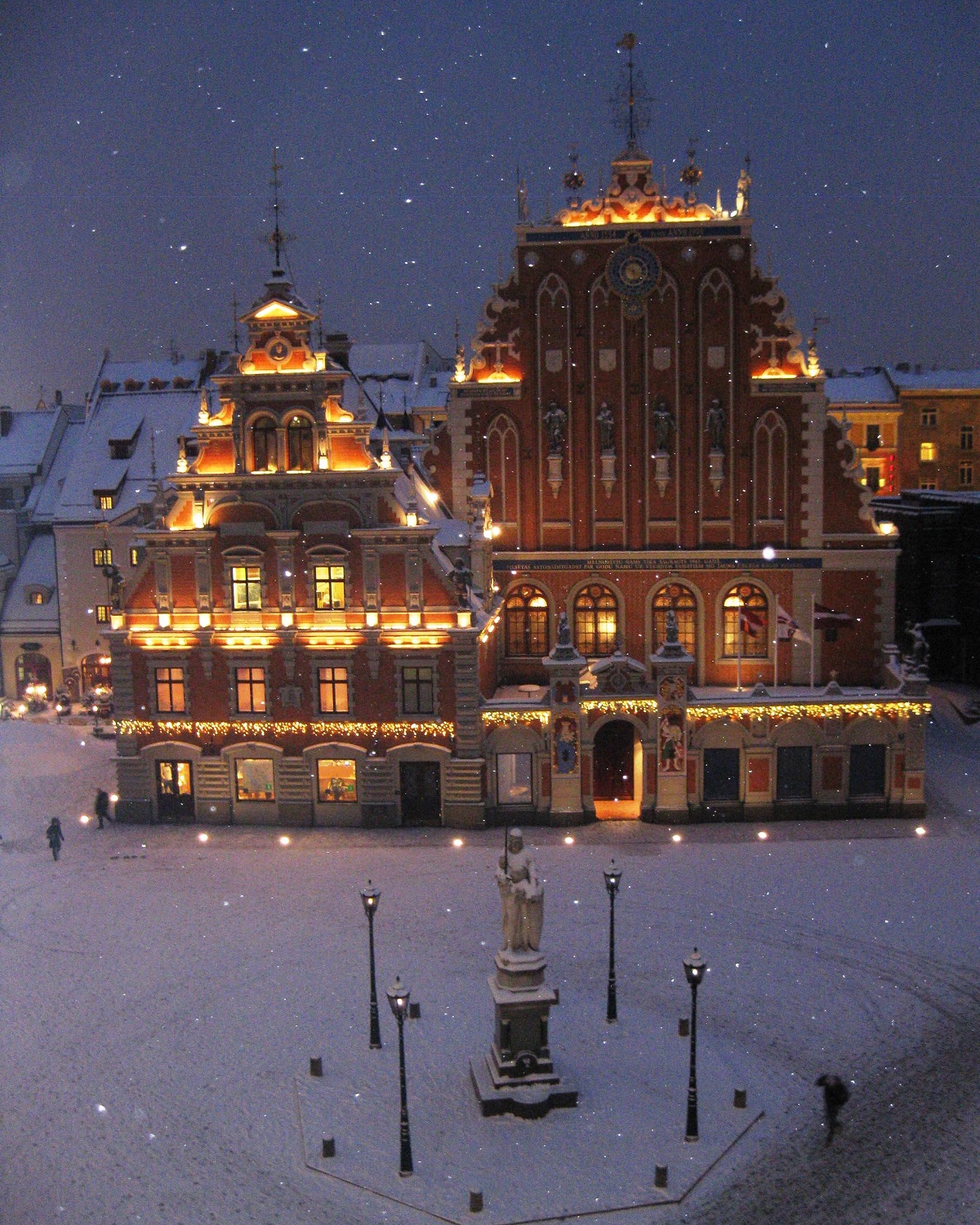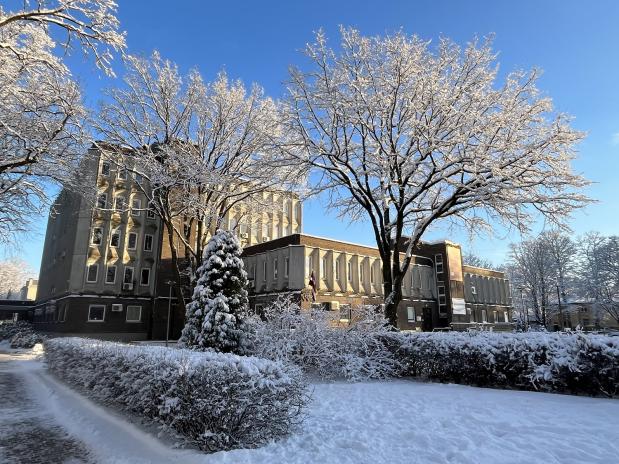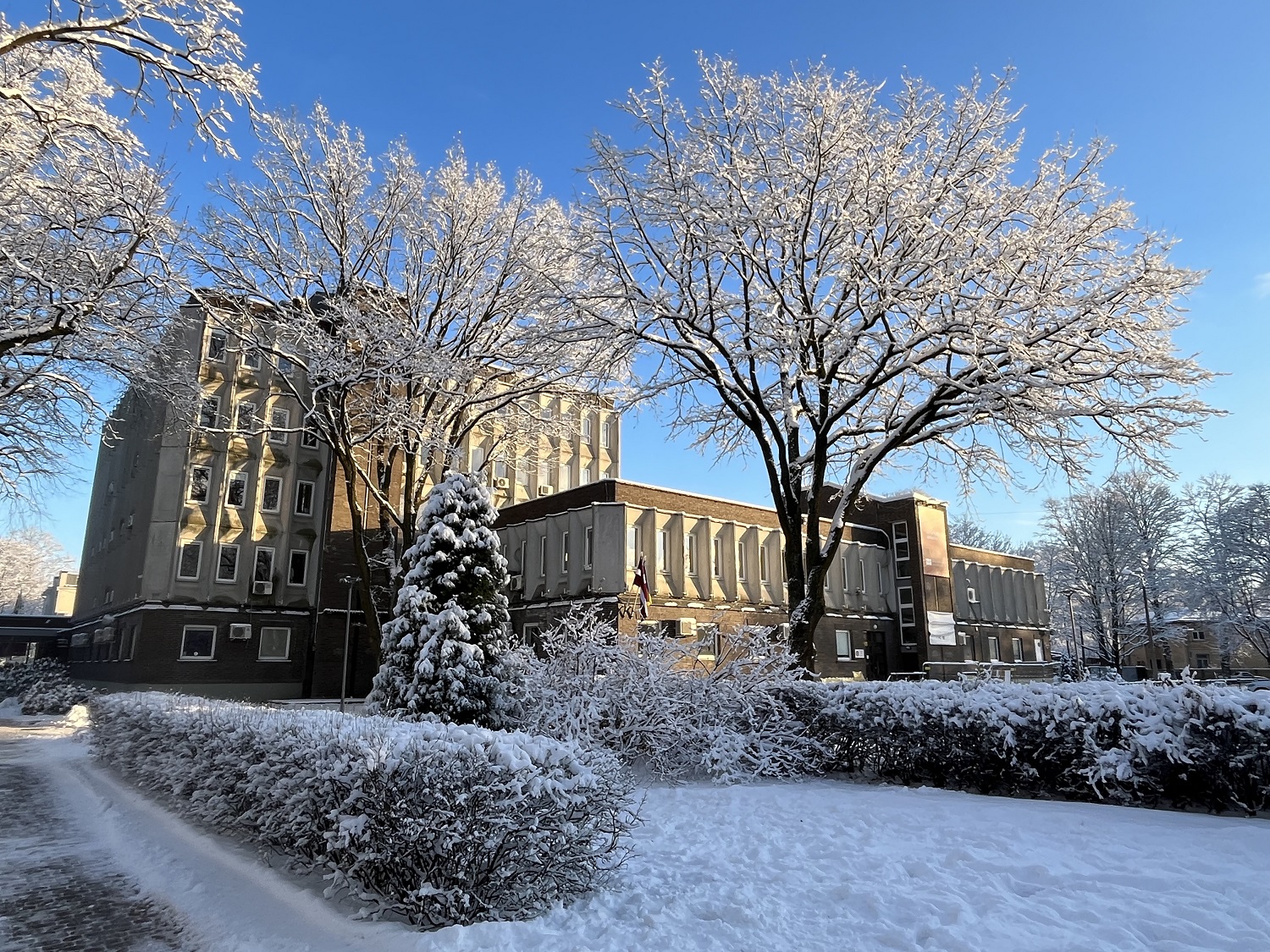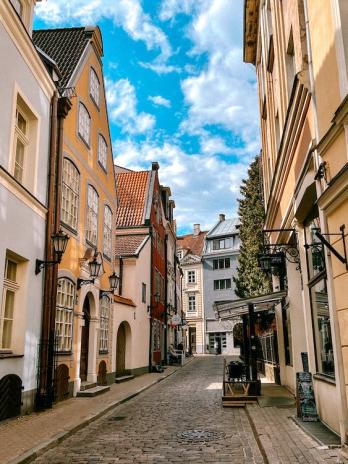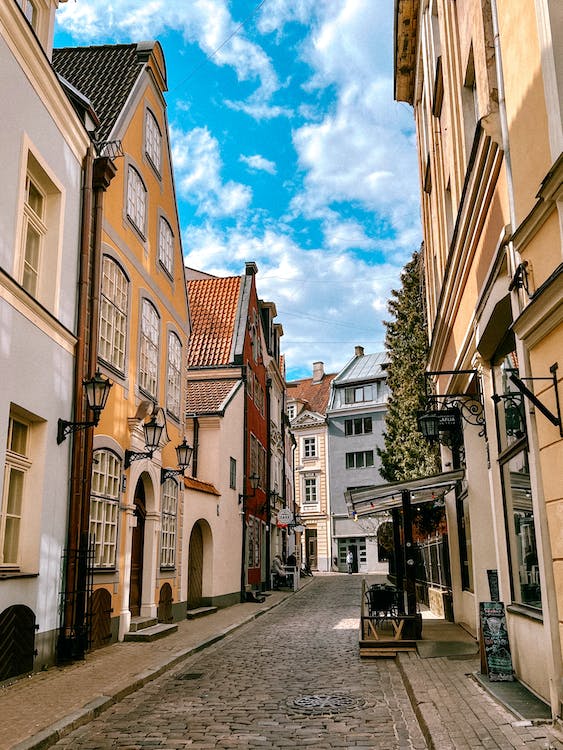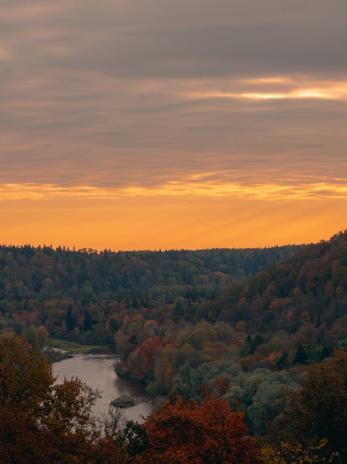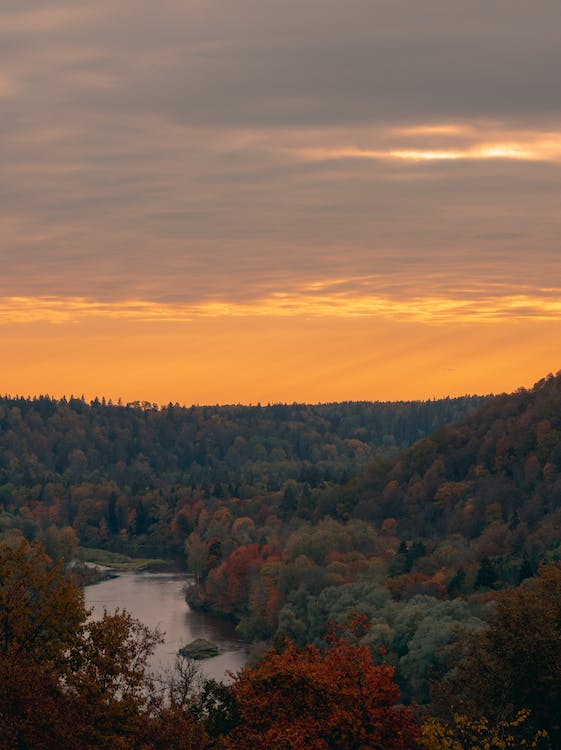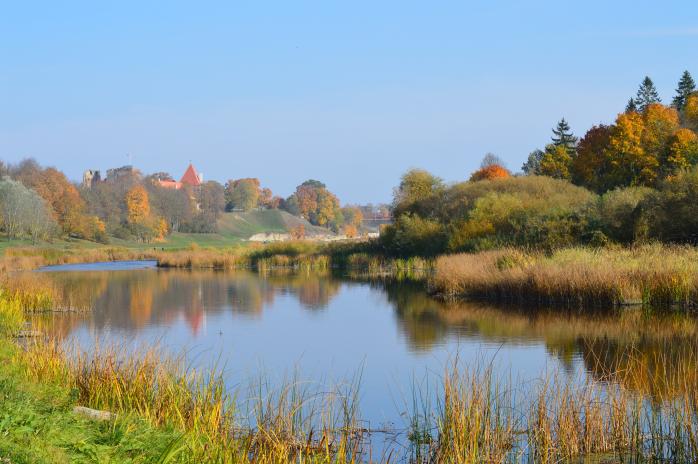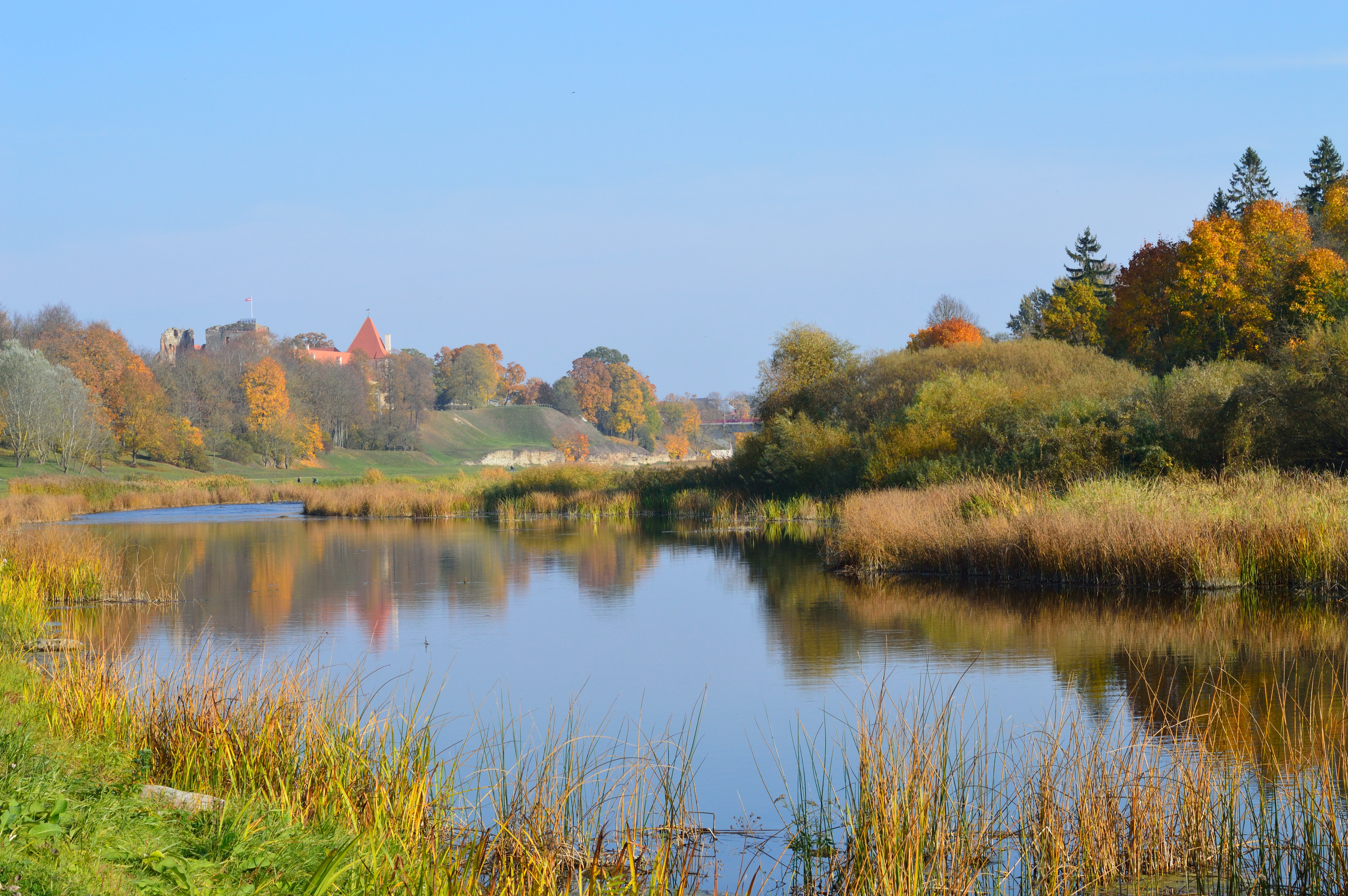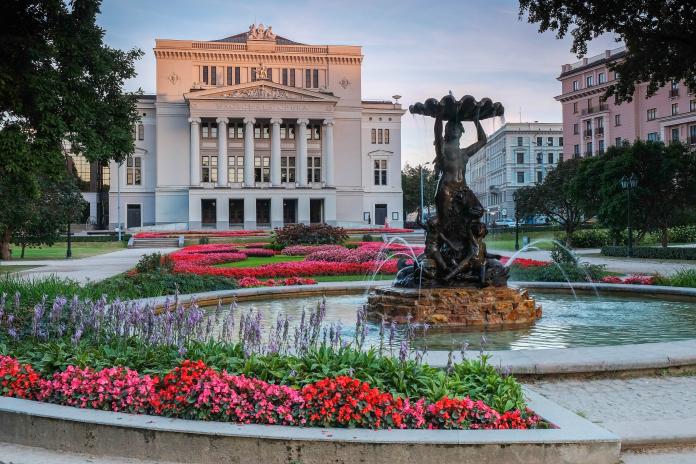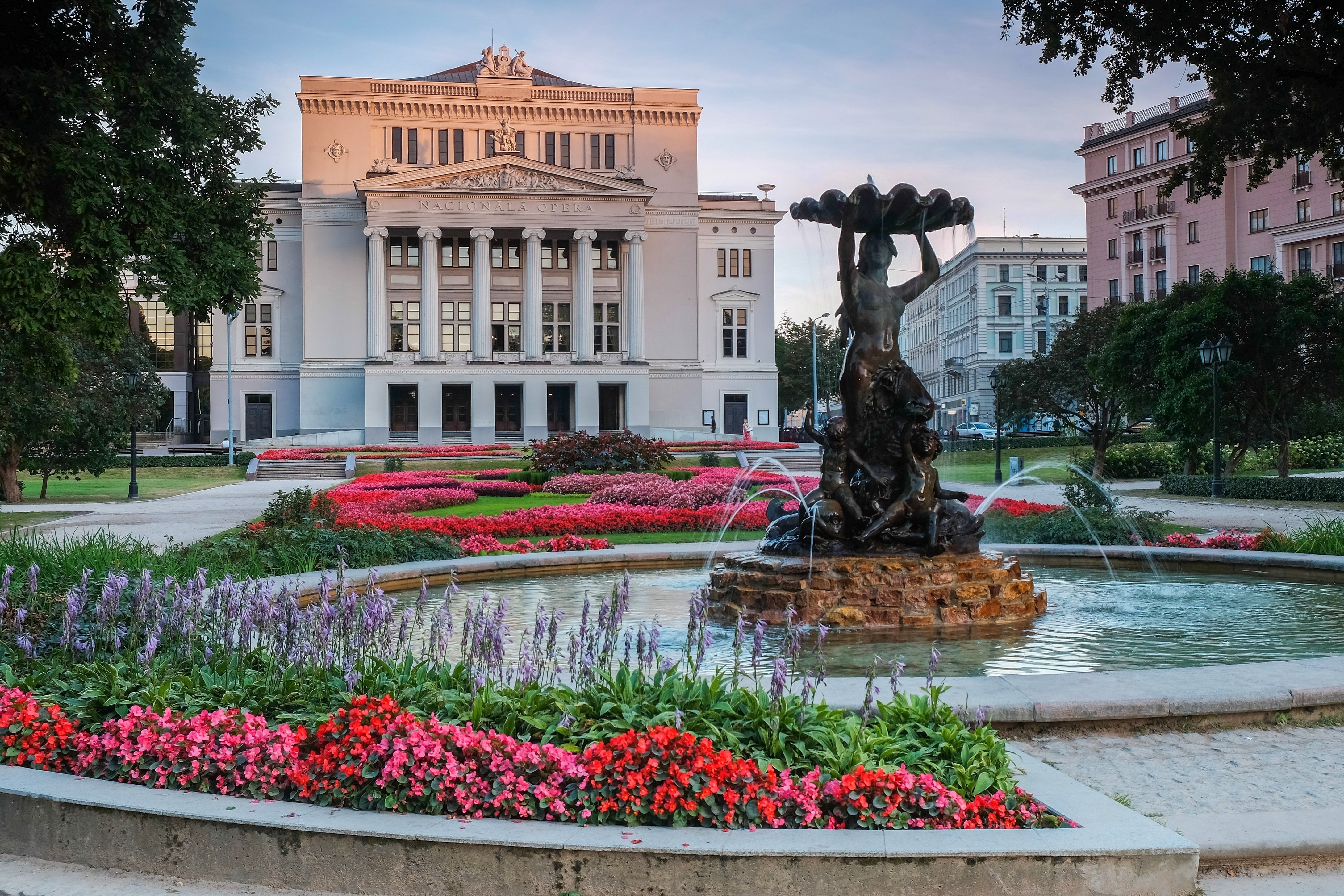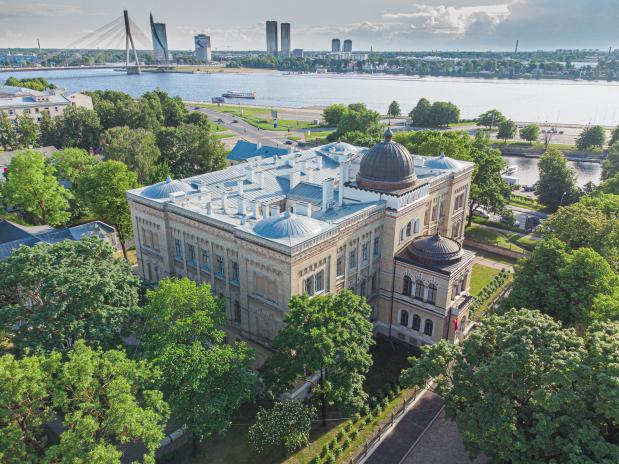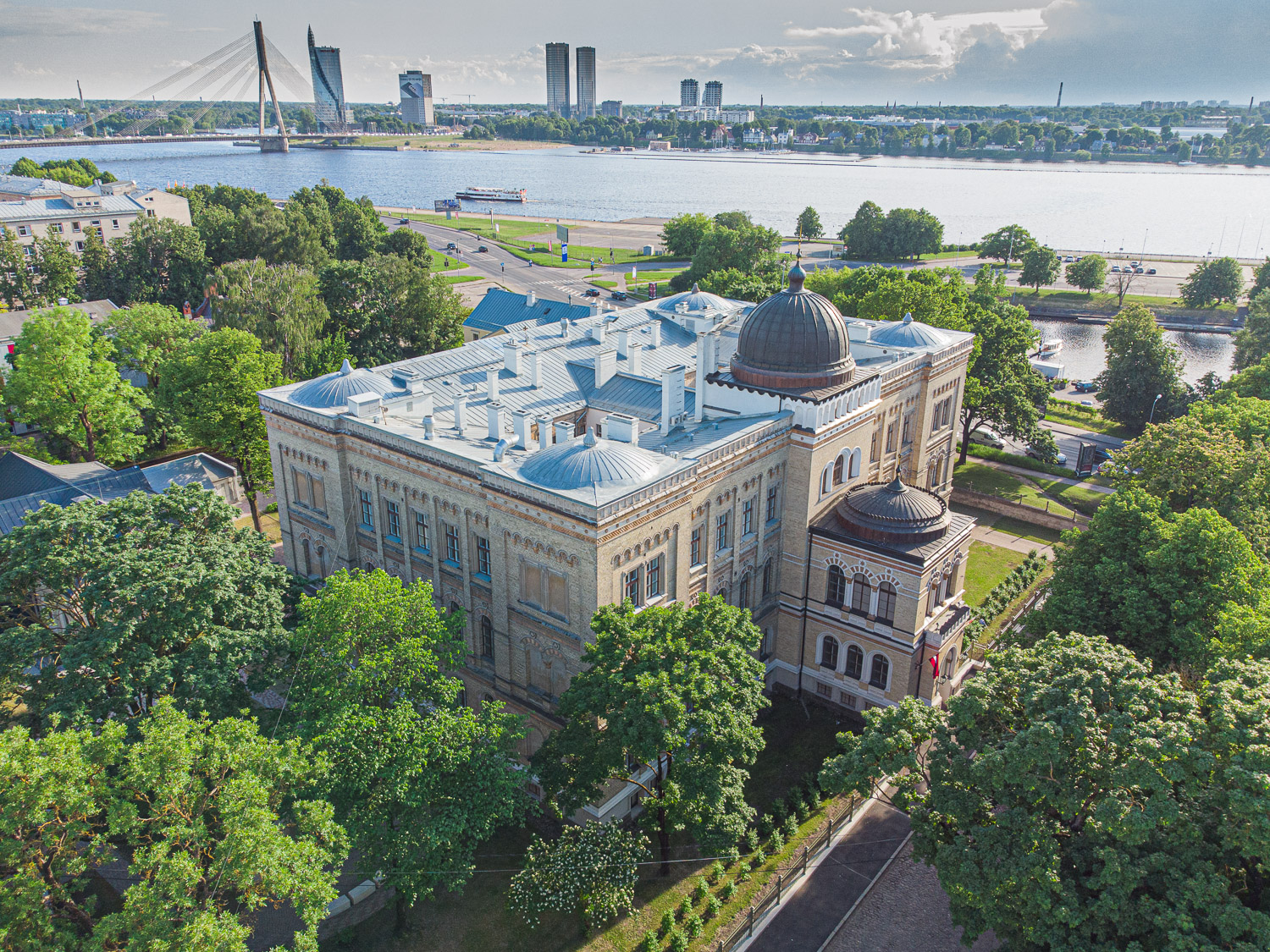Weather in Riga
Latvia is located in the Northern Europe and in the temperate climate zone. The Western part of Latvia as well as portions of the central part of the country are located on the Baltic Sea coast (about 500 km of shoreline) while the Eastern part of Latvia is located 150 to 300 km away from the Baltic Sea. Because of this, the weather in the country can be characterised as maritime in coastal regions and continental in the Eastern and Southern part of the country. Generally speaking, though Latvia has all four seasons with temperatures warrying from 20° to 30° degrees Centigrade in summer and 0° to minus -20° degrees Centigrade in winter.
This is how a typical calendar year in Latvia can be described:
January – Snowy winter with possible periods of thaw, sub-zero temperatures
February – Snowy winter, the coldest month of the year, sub-zero temperatures
March – Winter/spring with a possibility of snow, temperatures above zero during the day, sub-zero during the night
April – Early spring, temperatures above zero
May – Spring, trees green-up, early flowers bloom
June – Summer, quite warm but might be humid
July – Summer, the warmest month of the year
August – Summer, second warmest month of the year
September – Indian summer, warm and dry weather
October – Autumn, quite humid, temperatures above 0° degrees Centigrade, the most colourful month of the second part of the year (leaves on the trees turning from green to yellow, orange, red, brown)
November – Autumn, possible short periods of snow, temperatures around 0° degrees Centigrade
December – Winter, first proper snow to be expected, sub-zero temperatures
Winter weather
Winter in Latvia usually spans from December to February. The temperature in winter warries from 0° Centigrade (32°F) to -10° Centigrade (14°F). Sometimes temperatures can fall to -20° Centigrade and even to -30° Centigrade (-4°F to-22°F), particularly at night. Latvian winters for the most part are snowy but you can also expect periods of thaw that come with sleet and even rain.
- Clothing
To be prepared for living in Latvia, it is important to have the right clothing for such weather conditions. As the old saying goes: there is no bad weather, just poor choice of clothing! Since you might be coming for studies at RSU from countries with considerably warmer climate (Mediterranean, semi-arid, arid, subtropical, tropical), we have put together a list of suggested outerwear what to pack to stay warm and dry during the winter months:
• Windproof/insulated outerwear
• Waterproof/ rainproof jacket/parka
• Sturdy/ waterproof boots
• Sweaters (woolen, fleece)
• Winter hat (e.g. knitted beanie)
• Scarf
• Warm gloves, mittens
• Warm socks
• Thermal underwear
• Shoe spikes/ crampons (must remove indoors)When travelling to Latvia in winter, make sure that you are wearing weather appropriate clothing. You can purchase proper winter clothing in online clothing stores, sports stores, most European airport shops, etc.
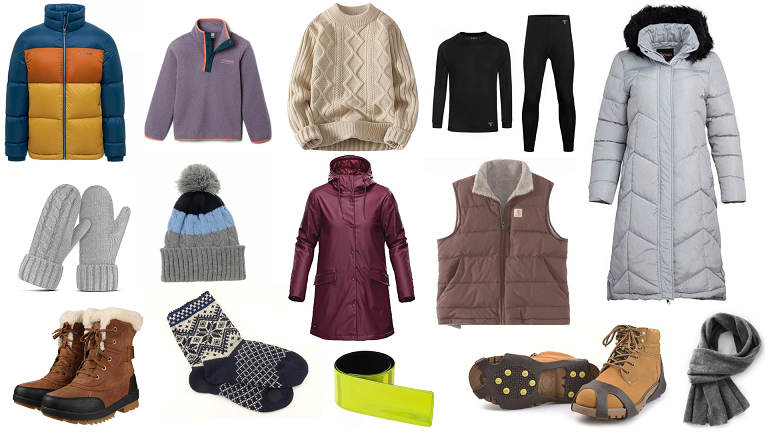
- Good to Know
Good to know #1: Wear layers! Start with thermal underwear, then wear a woollen/ fleece sweater as the mid layer and leave windproof, waterproof/rainproof jacket as the outer layer. The same applies for hats, socks ang gloves – double layers might be necessary at certain times/severe weather conditions. Even the locals wear them!
Good to know #2: Layers give flexibility but make sure not to wear too many. Also avoid, for instance, wearing two layers of socks if they make your boots too tight. This will soon make you colder not warmer! You need “pockets” of warm air close to your skin.
Good to know #3:
It is not allowed to enter the classrooms or the canteen with your jacket on so please leave it in the cloakroom. If weather requires changing your clothes/footwear (heavy rain, etc.), right next to the cloakroom in the RSU main building are two changing rooms available.Good to know #4: It is important to know what the weather outside is actually like. Therefore, most weather forecasts have the actual temperatures and “feels like” temperatures mentioned. The “feels like” conditions are the ones you should check since in winter precipitation and wind can make the weather feel considerably more harsh than what the actual temperature suggests.
- Daylight hours
Students coming to Latvia from abroad are frequently surprised about the daylight hours in Latvia. Since The country is situated in the Northern part of the Northern Hemisphere, Latvia experiences the so called “solar winter” from early November to early February the time of the year with less than nine hours of daylight per day. In terms of sunshine, December is the “darkest” month of the year with less than 7 daylight hours per day when the sunrise is at around 9 AM and the sunset is at around 4PM. Thus, the short daylight hours which happen to be the hours when students are mostly having classes together with winter weather conditions and a possible overcast create an impression that “it is always dark” in Latvia in winter.
In order to extend the daylight hours, the daylight-saving time is used in Latvia. This means that we “turn the clock” back one hour to the so-called winter time in late October and then we “turn the clock” again (one hour forward) in late March. Not to worry, the exact dates and information about the turning of the clock itself id always published in the media and is reminded about by the university as well.
- Useful tips from our students
My favourite Latvian saying is that there is no such thing as bad weather, just bad clothing. Thus, I have found the biggest secret is learning how to dress correctly. The first winter can be a bit treacherous in the beginning, but then comes the snow and the Christmas lights making it all better. I have realized that it is not worth it trying to buy winter clothing in warm countries. Riga has outlet stores/malls (e.g. Olympia) where you can get a good jacket for a decent price before winter starts.
This is what I advise to wear during winter in Latvia:
• Base layers and clothes that layer easily (tight fitting under-shirts, second skins, long johns, thin warm jerseys or cardigans, leggings, winter stockings, etc.)
• A good jacket that is also waterproof
• Good waterproof walking boots/shoes with grip on the sole
• Gloves that you can touch your phone with
• A scarf and a hat (close knit/ compact material is best)(Marelize, 10th semester Medical student from South Africa)
Summer weather
Summer in Latvia usually spans from June to August. The temperature in summer warries from 17° Centigrade (32°F) to 25° Centigrade (14°F). Sometimes temperatures go up to 30° Centigrade and even to 35° Centigrade (-4°F to-22°F). Average temperature in summer usually is in low twenties. Latvian summers for the most part are nice but can also be humid. This depends and changes from year to year.
- Clothing
We are all more familiar with warm temperatures nowadays, therefore, you definitely know what type of clothing you prefer and feel comfortable using in the summertime.
When travelling to Latvia in summer, we still suggest having a light jacket or a waterproof clothing as well. If anything, the weather has become more difficult to predict!Regardless of the weather or season, RSU has internal regulations about what to wear and what not to wear at RSU premises (indoors) for your classes. The Internal Rules and Regulations for Studies (paragraph 4.1.26.) state that you should “respect the traditions of the academic environment in the choice of clothing and visual image; to respect the interests of other University students, academic and general staff, as well as the interests of cooperation partners”. Thus, we would advise to avoid wearing very casual clothing (shorts, beach wear (including footwear) mini-skirts, bare shoulders, exposed midriff, etc.).
- Good to Know
Good to know #1: The exact rules for clothing may differ from one department to another. This depends on the specialisation of the respective department. For instance, you are not allowed to enter the premises of the Department of Biology and Microbiology with outerwear as well as you are not allowed to bring food and drinks with you.
Good to know #2: In most departments that provide practical training you are requested to wear a lab coat. Usually, the RSU requirement is for a white full-sleeve, knee-length lab coat. Even though there are some lab coats available for purchase at the RSU Gift Shop ad there are several shops in Riga that offer medical clothing, we suggest acquiring a lab coat before you come to Riga for your studies. This way you would have a lab coat that you are comfortable wearing and that fits you.
FYI: For all intents and purposes RSU suggests having two lab coats for your studies as you need a spare one. You should also have your lab coat clean and ironed when you attend practical classes.
- Daylight hours
Opposite to what we have in Latvian in winter, summer offers plenty of sunshine. From May to August the sun shines for a decent amount of time – on average 15 to 17 daylight hours; the days are very long. In late June the sun rises at 4:30 AM and the sunset is at around 10:30 PM. Thus, the number of daylight hours is 17 or 18.
